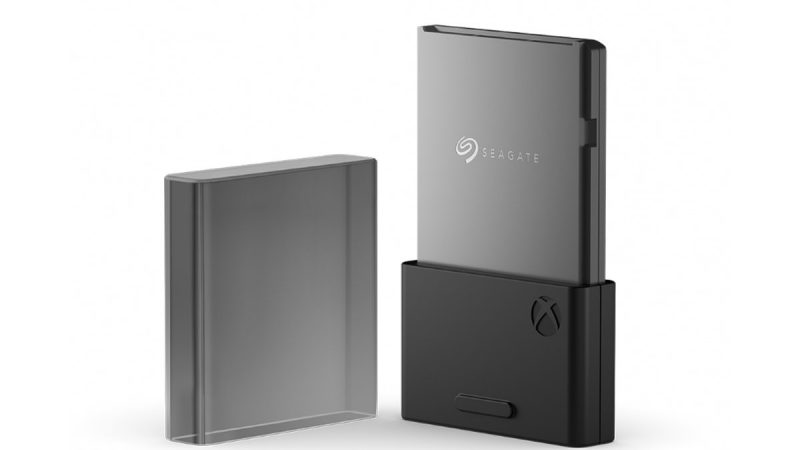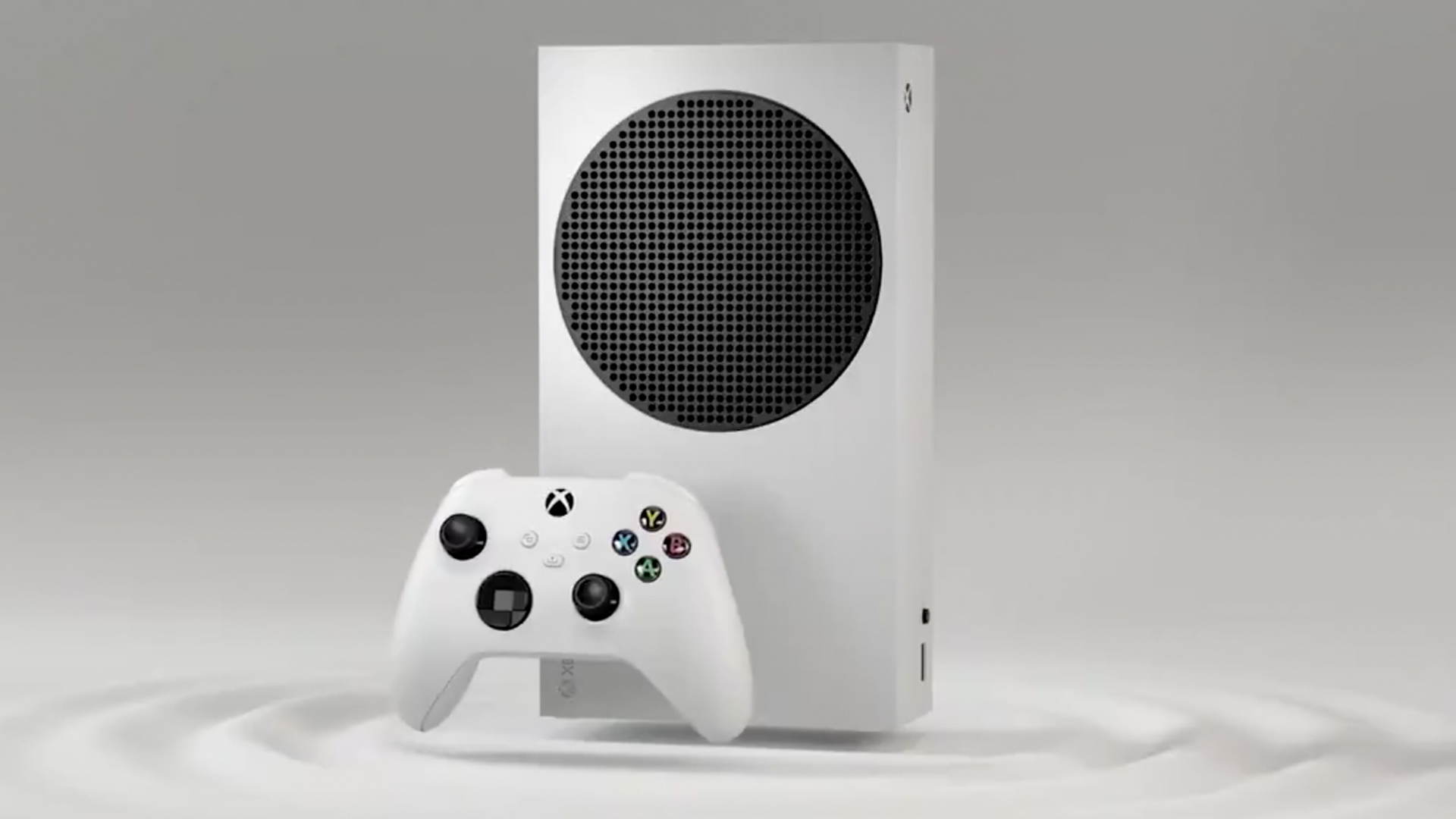In just a few short days, Microsoft set out to launch the Xbox Series S and the Series X. Officially confirmed to release on November 10, both consoles bring next-gen gaming to the forefront with strong hardware. The two consoles, priced $200 apart, serve to cater to two different demographics. The more-powerful Xbox Series X, for instance, primarily delivers native 4K gaming options. Meanwhile, the dwarf-sized Xbox Series S, the smallest Xbox console ever, delivers 1440p gaming.
However, while both received warm receptions for their ability to compete with the PS5, the latter gained some criticism. The Series S, while priced at just $299, only contains 512 GB of storage. Compare that to the standard 1 TB SSD in the Series X. And some say that this may become a bigger deal breaker than expected.
A reddit user who received their Xbox Series S early revealed something disappointing about the storage
One user on the “Frontpage of The Internet”, going by the name of spead20 seems to have gotten hold of the console early. They claimed that, after setting up and installing the necessary software, only 364 GB remains. That means that, out of the advertised 512 GB, only around 71% is available to use. And Microsoft still wants to charge a hefty sum for it.
This claim, although unverified (hoaxes and exaggerations abound on the Internet, after all), bears plausibility. Like most storage options known to man, nothing is ever 100% efficient. Any storage is bound to partition off sections that the system reserves. And this phenomenon is unavoidable and absolutely necessary to keep memory running smoothly.
Naturally, gamers across the internet rallied for an outcry at the ridiculously low memory
Let’s face it. Gaming is a rather demanding hobby, at least financially. PC gamers know this, and willingly pay thousands of bucks every so often to keep their hardware up-to-date. Not surprisingly, gaming requirements for the latest AAA titles shoot up almost annually, and each $60 title needs more and more power. In addition, the improved graphical prowess of newer games, along with content, mean that file sizes always keep increasing.
Just 10 years ago, file sizes rarely exceeded 20 GB. Now, games like Call of Duty Warzone, a popular battle royale shooter, require over 200 GB to install. Also, this particular game receives routine updates; if you think one 200 GB installation is bad, get ready for additional 40 GB updates. Even less demanding, more typical games like Forza Horizon 4 need upwards of 63 GB available.
With a measly 364 GB, you would only get about 2 or at the most 3 modern AAA games to fit. And that doesn’t bode well at all for any future, upcoming titles like the highly-anticipated Halo Infinite. Not surprisingly, people who initially felt drawn to the console’s modest, economical price grow wary of its future-proofing.
The only workaround is to invest in an external storage option, to expand the available space
Microsoft, like Sony with its reliable but limited 825 GB SSD, knows storage can become a bottleneck for a good gaming experience. For this reason, it pre-emptively announced a few custom Xbox Series X/S compatible SSD’s for sale. These SSD’s should be carefully inspected to bear the explicit Xbox support before purchase, because standard, PC-grade NVMe/SATA drives won’t work.

So, our recommendations for those still geared towards the Series S rather than the Series S is to use the money saved to buy a decent-sized external SSD.
For more news, reviews and coverage on the November 10th Xbox launch, stick with us!


